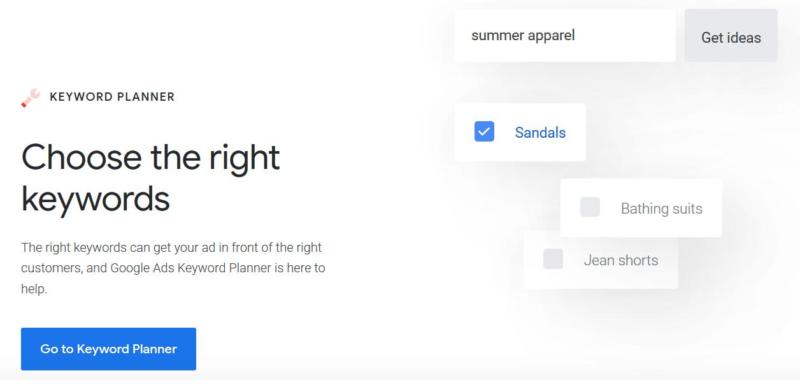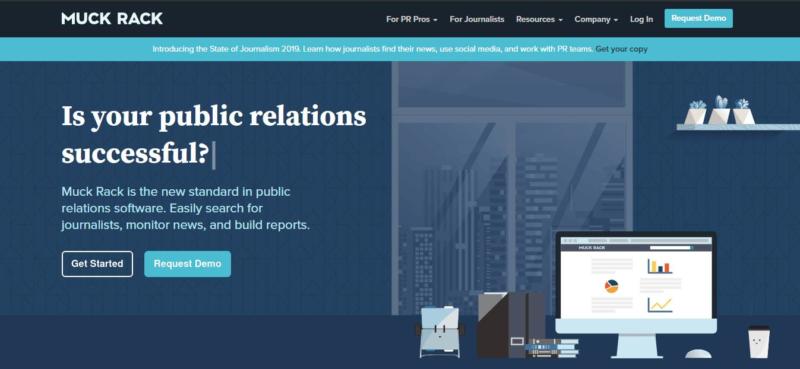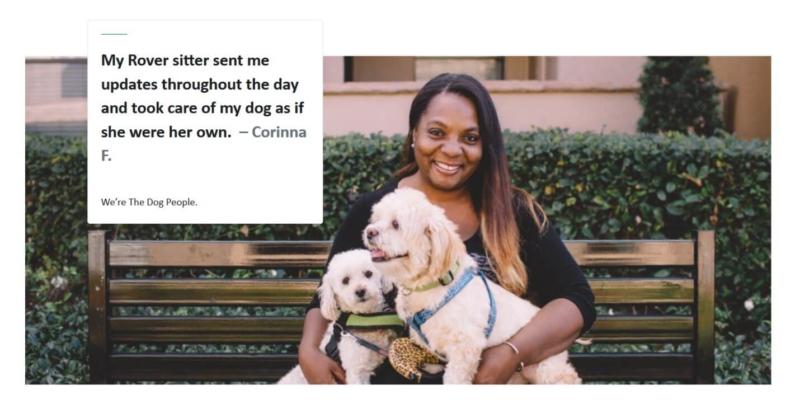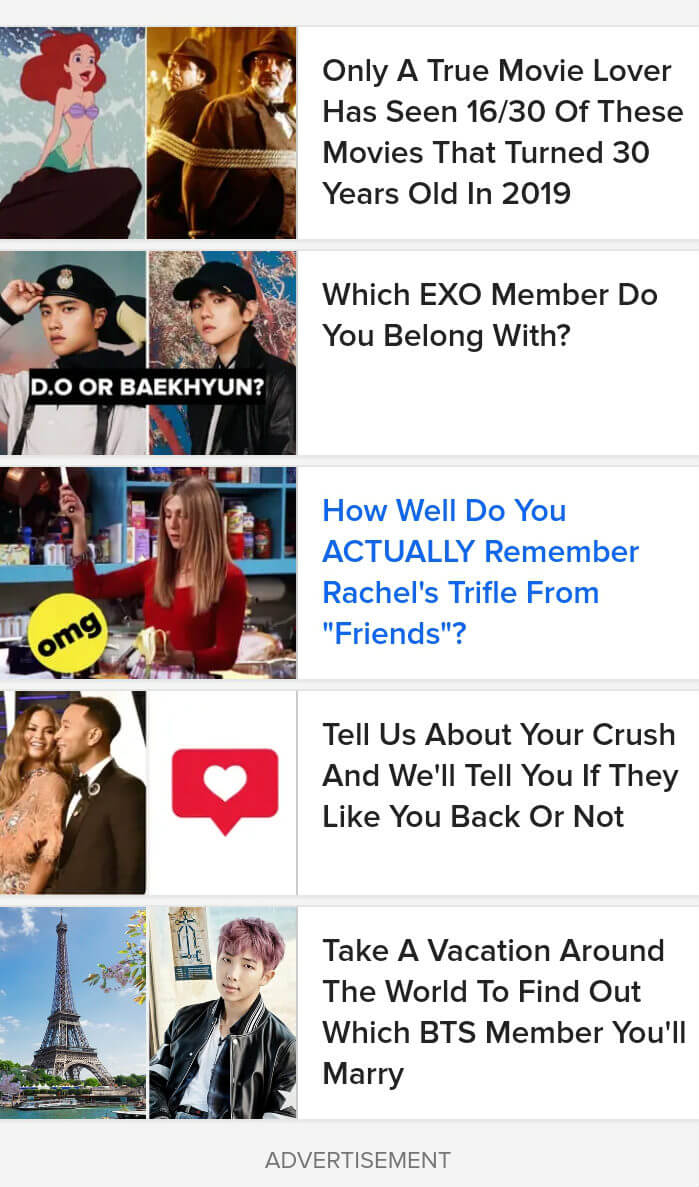- Dec 27, 2019
 0
0- by A2 Marketing Team
Building a high-converting landing page is an essential way to generate traffic and get visitors engaged. After all, first impressions count for a lot. Without the strong case that a solid landing page makes, it’s all too easy to lose the attention of potential return visitors.
Of course, a successful landing page requires more than a little content. At the least, your landing page will benefit from being visually appealing. However, it will also need the right structure, Call to Action (CTA), keywords, and testimonials.
In this post, we’ll explore some of the core elements necessary to deliver a high-converting landing page. Let’s get started!
1. Use SEO-Focused Keywords
Using the right SEO-focused keywords from the outset can help you create a landing page that gets results. When you use the right keywords, your pages are more likely to rank high in search engines and attract more traffic.
However, to get the most out of them, you’ll have to know what those terms are and how to use them. To manage the first part of that equation, the easiest and most effective method is to use a research tool such as Google Keyword Planner:

Once you have a keyword or two with high search volume, you can incorporate it naturally into your landing page. Of course, it’s best not to overuse keywords, or your page risks looking like spam. Keywords work best when they are relevant, and spread throughout the page organically.
2. Have a Strong Call to Action (CTA)
A Call to Action (CTA) is the direction you give to your viewers once they arrive on your landing page. Your primary CTA should be as specific and clear as possible. This makes your viewers’ job easier—they know exactly what they need to do, and how (for example, buy a product or sign up to an email list):

Creating an effective CTA is an art form, but here are a few tips to get you started:
- Begin with a strong, specific verb. Rather than simply stating that your product or service is available, try to encourage viewers to buy, read, or subscribe—anything to get them interacting. You’ll also want to make the CTA specific, so your viewers know exactly what they’re getting (for example: “Start Your Free Trial!”).
- Encourage clicking. When you tell your audience why they should click on your CTA, or make them afraid of missing out if they don’t, you can increase engagement.
- Stand out from the crowd. The more unique your CTA is, the more likely you are to nurture interest. For instance, adding color can go a long way towards making your CTAs pop out and attract attention.
When it comes to your landing page, it’s best to decide on a single CTA rather than including several options. That way, you can focus on directing visitors to take whatever action is best for your business.
3. Make the Page Media-Rich
A media-rich landing page has the power to shape how viewers engage with your content. However, it’s important to know your audience when choosing media types, such as GIFs, photographs, or videos.
For instance, infographics are ideal if your landing page features statistics, while stock images are useful for supporting text copy as long as they are high quality. What media is used will depend on the type of landing page you’re building:

Nonetheless, there are many reasons to introduce rich media into your landing page:
- Media can break up text, just like headers and sections. This is especially beneficial for long pages, so try to embed media roughly every 400 words or less.
- A visual-focused page encourages visitors to skim and engage. That can be a key step towards increasing conversions
- Having plenty of media gives you another opportunity to in add SEO-friendly keywords.
It’s also worth noting that it’s a good idea to optimize your images and other media. While larger images are striking, they often take longer to load, and a slow page can negatively impact the user experience, SEO rankings, and conversions. Thankfully, there are free tools like TinyPNG and Optimizilla that let you compress images easily.
4. Include Positive Testimonials
One of the best ways to increase conversion rates is to appear highly trustworthy. These days, many consumers rely on testimonials to guide their purchase choices, and engage more with websites that appear reputable.
Testimonials are an excellent way to engender trust, and can offer you a 12.5% lift in sales:

Showing off happy clients by using their own words can be valuable in boosting business and growing consumer trust. You can get started by asking clients for feedback, getting their permission to display responses, and posting them prominently for maximum effect.
Furthermore, rather than catering to as broad a demographic as possible, you could instead use your landing page to target specific consumer bases. After all, the more nuance you provide on each landing page, the more likely you are to appeal to a specific audience.
If you’re using WordPress, you can try a plugin like Strong Testimonials to seamlessly add customer reviews to your site. Regardless of platform, however, there are plenty of ways to include testimonials on your page in a professional and compelling way.
5. Be Mobile-Friendly
Many of us routinely use our smartphones to browse the web, interact with others, and make transactions. So if you’re building a landing page that’s only designed to look good on desktop computers, you may not see the conversions you want.
To create a mobile-friendly landing page, it’s important to make sure your site is ‘responsive’. That means it responds to the size of each device being used, in order to provide a tailored experience:

Next, you can set about developing an easy-to-navigate landing page. In particular, it’s smart to avoid custom fonts, as they may not be supported by all mobile devices. Likewise, bigger buttons are easier to click on, and large fonts can improve readability.
Moreover, interactive elements like thumbnails and buttons that are too close together can impact accessibility. Fortunately, Google offers a mobile-friendly test to help you detect and solve these kinds of issues.
Conclusion
It may seem like a lot of work to create a high-converting landing page. However, it’s worth the effort to maximize engagement and encourage repeat visitors. So before you launch, you’ll want to take your time to ensure that your landing page is as effective as possible.
These five tips will help you accomplish that:
- Use SEO-focused keywords.
- Have a strong CTA.
- Make your page media rich.
- Include positive testimonials.
- Be mobile-friendly.
Image credit: The Pixelman.












